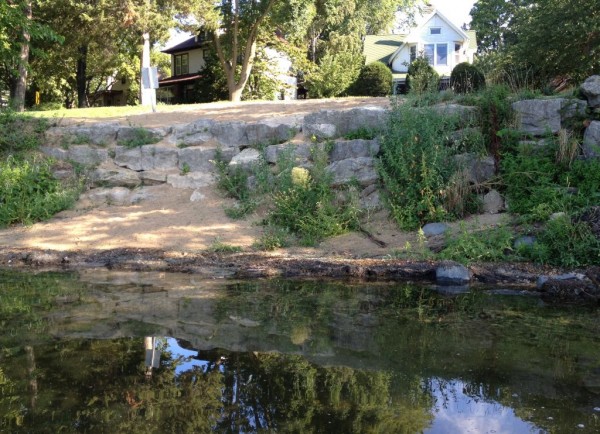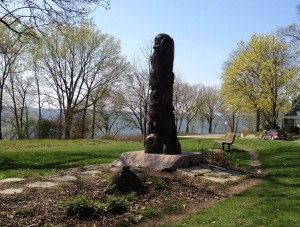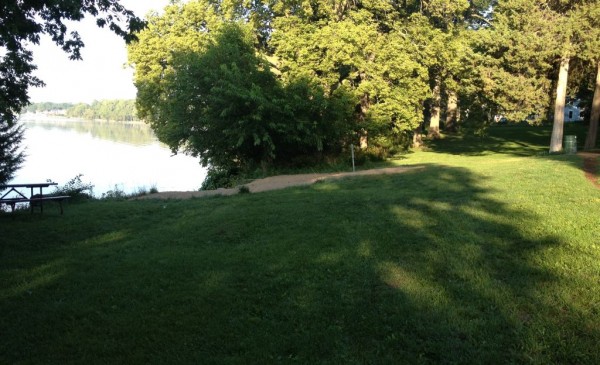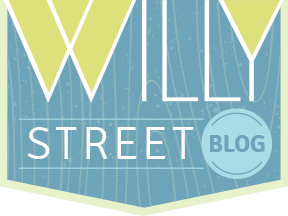Project will bring better lake access for swimmers and light watercraft

Hudson Beach decades ago was a popular spot, and could be again with a construction project that will improve lake access for swimmers and light watercraft.
Hudson Park is an idyllic yet somewhat unknown part of the picturesque route along Lakeland avenue that skirts Lake Monona. Stretching for several blocks, it hugs the shoreline and provides a shortcut for exercise devotees; but has one treasured feature, the native american effigy mounds located in two separate sections of the park.
The park is also home to Hudson beach, except unless you walked right up to the water you would not have known it. The beach, located between Hudson and Miller Avenues, has some sand followed by an uneven stone wall that leads to maybe five feet of beach below at the waters edge.
In days past it was a popular spot complete with a bath house and raised lifeguard stand. The lifeguard stand and bath house are gone, along with lifeguard staffing, and now the space is mostly used for gazing at the lake.

A monument to the Native Americans that first inhabited this area; one effigy mound is located to the left.
Madison East High School grad Chris Walters (1990) worked as a lifeguard at Hudson beach in the mid-1990s. He is hopeful for the improvements since he always thought it was a beautiful park but never liked the lonely assignment as he remembers, “nobody ever used it”.
Improvements including better lake access for all has long been sought after by neighborhood associations like the Friends of Hudson Park who sought upgrades in 1999.
Last spring the City of Madison approved $150,000 in funds to upgrade the park including: shoreline restoration; removing the existing stone wall and wooden railing; installing terraced stone walls, a kayak/canoe boat launch and landing; and construction of concrete stairs providing access to the shore.
Assistant Parks Superintendent Eric Knepp says that the contractor (Badgerland Excavating) will be paid $116,000 to complete the project with the rest of the money being reserved for other associated project costs; plus giving plenty of room for contingencies related to the reconfiguring the shoreline. Knepp expects the project to cost close to budgeted amounts.

The current view of the beach from Lakeland Avenue. The park continues west to Schiller Court where more effigy mounds are located.
$110,000 of the funding for the project comes from the General Operations budget which is financed by property taxes and the remaining $40,000 through park impact fees from residential units constructed in park impact districts.
Construction is expected to continue for approximately three (3) months and the project is expected to be completed at the end of November. Some residences in the immediate area will be impacted by construction equipment and trash collection.
Read the letter from the City to residents here
View the proposed rehabilitation plans here

